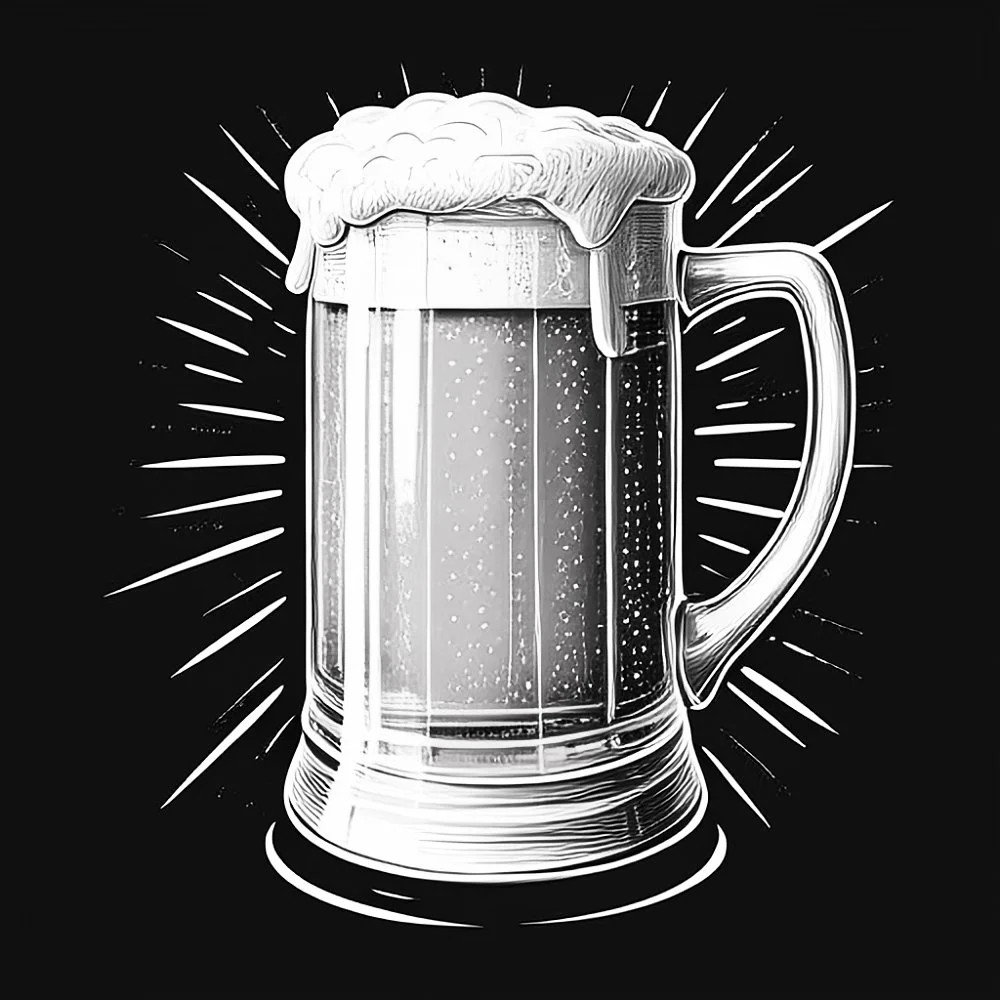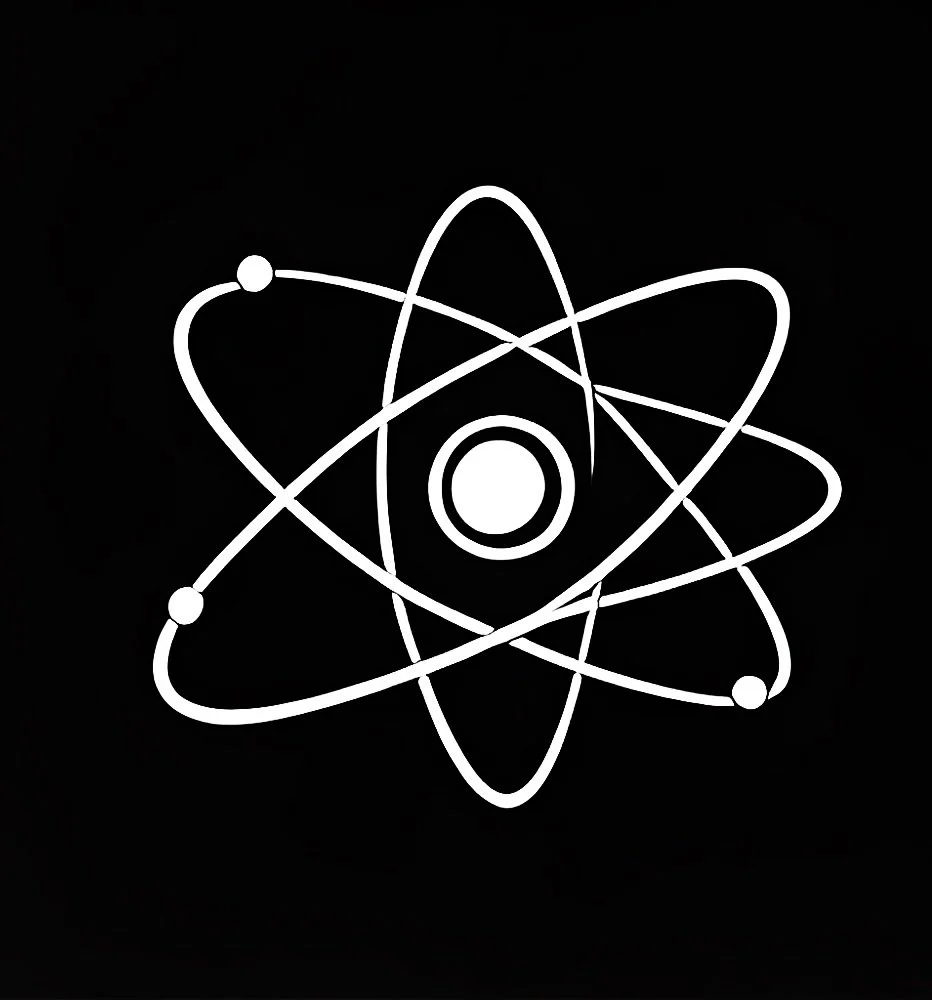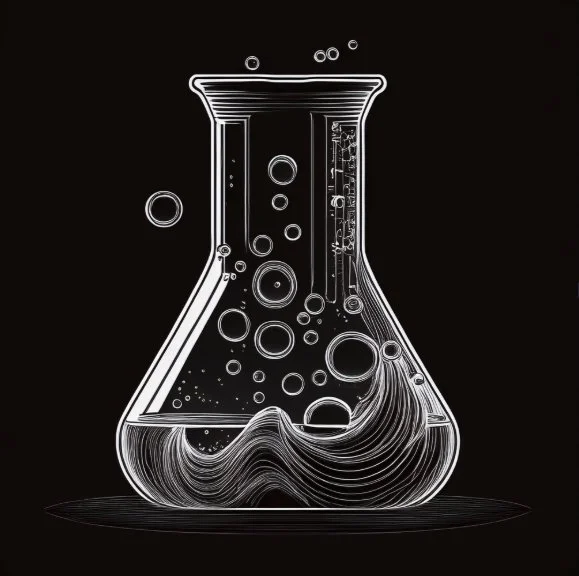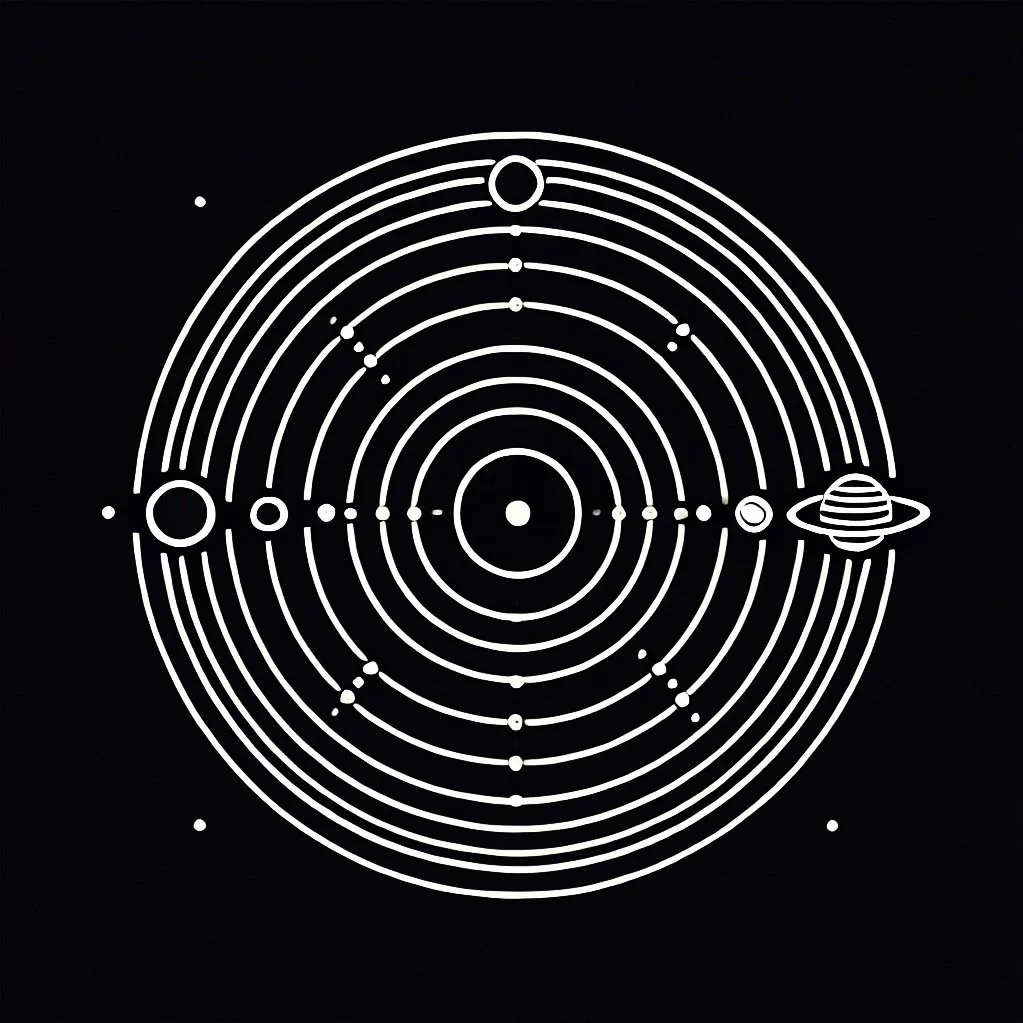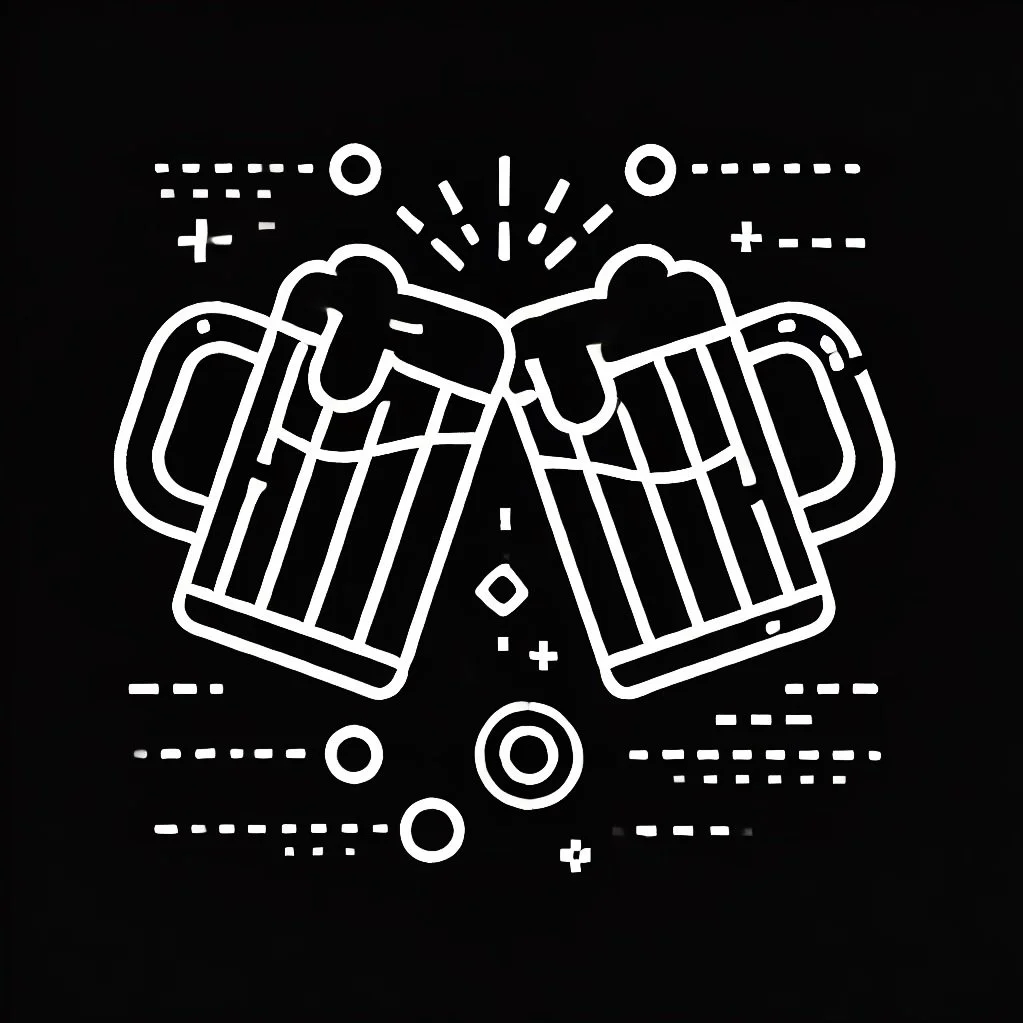How the Quantum Vacuum Creates Beer (and Everything Else)
A Refreshingly New Perspective on the Fundamental Nature of Reality
By Jeff Cooke
Introduction: What If I Told You Beer Proves Our Theory of Everything?
Everyone loves a good beer. But have you ever stopped to wonder how the universe conspired to make beer possible?At first glance, brewing seems like a straightforward process: barley, hops, yeast, water, and time. But when you zoom in deep enough—down to the atomic level, and even deeper into the quantum world—beer isn’t just a drink.
It’s proof that the very fabric of reality is made of structured oscillations within the quantum vacuum.
Without the quantum vacuum:
• There would be no atoms, no chemical reactions, and no fermentation.
• Gravity wouldn’t work the way it does—meaning barley wouldn’t grow and beer wouldn’t stay in your mug.
• The fundamental forces keeping molecules together wouldn’t exist.
In short, without the vacuum, beer doesn’t happen. And if beer doesn’t happen, what’s even the point of the universe?
Step 1: Atoms, Particles, and the Quantum Vacuum
Let’s start at the most fundamental level.
• Beer is made of atoms (carbon, hydrogen, oxygen, nitrogen).
• Atoms are made of protons, neutrons, and electrons.
• But what are those made of?
Physics tells us that particles aren’t little solid balls—they are oscillations in a deeper field.
That deeper field? The structured quantum vacuum.
This means:
Beer isn’t made of “stuff.” It’s made of structured oscillations within the vacuum.
Without the vacuum’s structure, atoms wouldn’t exist, molecules wouldn’t form, and your favorite IPA would be impossible.
Step 2: Fermentation is Quantum Mechanics in Action
Beer fermentation is the result of electromagnetic interactions between atoms.
But we argue that electromagnetism isn’t a fundamental field—it’s an effect of localized resonances in the vacuum.
Here’s what happens:
• Yeast breaks down sugar into ethanol (alcohol) and carbon dioxide (bubbles).
• This happens because electromagnetic forces govern chemical bonding.
• But if electromagnetism is just a resonance effect within the vacuum, then the entire fermentation process depends on the structured vacuum.
So next time you see bubbles in your beer, remember:
They wouldn’t exist without vacuum oscillations enabling chemical interactions.
Step 3: Gravity, Beer Bubbles, and Vacuum Density Gradients
Gravity plays an important role in beer production:
• It helps barley grow.
• It keeps liquid in your mug.
• It makes bubbles rise.
But what if gravity isn’t really a “force” pulling things together?
We propose that gravity is actually a vacuum density gradient effect.
• Instead of mass bending abstract spacetime, it creates variations in the vacuum’s density.
• Objects move in response to these density differences, just like beer bubbles rise in liquid.
Beer bubbles rising is an everyday example of how density gradients cause motion.
If you understand why bubbles rise, you’re halfway to understanding why planets orbit stars.
Conclusion: The Quantum Vacuum is the Ultimate Brewery
• The reason atoms exist?
Vacuum oscillations.
• The reason fermentation happens?
Vacuum-based electromagnetic resonance.
• The reason beer bubbles rise?
Vacuum density gradients (a.k.a. gravity).
Beer is the perfect metaphor for how everything in the universe is connected through the quantum vacuum.
So next time you raise a glass, you’re toasting the fundamental nature of reality itself.
